Paths to Artistic Imaging in Photoshop: the Interview
(This article was originally released on marcoolivotto.com on March 9, 2014.)
A few months ago, a new and exciting Photoshop book appeared on the scene. It was written by Russell Brown — yet not that Russell Brown of Adobe fame. Our own man is an Australian photographer whom I (virtually) met while working on the beta-reading of the latest Dan Margulis’ book — Modern Photoshop Color Workflow. Shortly after such task was finished, I and Alessandro Bernardi got an e-mail from Russell and we were asked to become the beta-readers for his own book — which he was just starting to write. We were very glad to help out and therefore had the privilege to be among the first to read and discuss the contents of Paths to Artistic Imaging in Photoshop.
I’ve long wanted to write something about the book for the international public, but at a point I realised I didn’t like the idea to write a proper review, also because it would be unyieldingly biased. Therefore, I asked Russell to go through the pains of an interview, and he gladly accepted. Here it is, for your pleasure and consideration.
1. Russ, You’ve been a photographer for a long time. Can you explain how you bit the bullet? When did you start, how it became a profession, and the likes…
I’ve loved taking pictures since I was a young boy. I used to use my Mum’s Kodak 126 Instamatic camera when I was very young and even remember that my Dad gave me an old roll-film camera to play with when I was probably only about 7 years old, however instead of it just being a toy, I insisted on getting some film for it, taking pictures and having them processed.
When I was in year 5 at school, they had some special interest classes, with many different options for subjects outside our regular school studies. They had local people, who were involved in various fields to come to the school and give classes on their areas of expertise.
A camera-store owner was one, who came to give a class on photography. I chose this, thinking that he would teach us how to take better pictures, as I was dissatisfied with my results from Mum’s Instamatic!
It turned out that instead, he taught us how to process film and make prints in a darkroom. From that moment, I was hooked and photography became my path in life! My Dad then gave me his “good” camera, (A Petri f1.9 rangefinder), very generously bought me some darkroom equipment and I began processing all my own films at home. While in High School, I began regularly visiting the offices of the metro-daily newspaper in the city of Melbourne, where I grew up. I took a picture of a truck wreck near my home in 1975 and they published it. After this, they all knew me there and so when I finished High School in 1982, they gave me a job as a cadet photographer. It has been my profession ever since while additionally, I have also been keen to produce artistic photographs, outside the constraints of my day-to-day work, as you will have noticed!
The quantity of these creative pictures exploded after the introduction of digital imaging in the late 90s, when I could see the endless possibilities that the new technology provided.
I still work in my day-job as a press photographer but also continue to work hard at artistic imaging and now have progressed to writing my new book!
2. How did you cross the bridge between analog and digital when the time came? That was a difficult step for quite a few photographers, while you seem to feel very at ease in the digital world.
I was forced into it initially in the late 90s, when digital was introduced at my work.
At first, we still used film but had a film-scanner to get the images into Photoshop (v4) and digitally processed them from there. With this change, I was initially reluctant and quite annoyed. I felt that I had spent many years becoming skilled at darkroom work, now to be forced to abandon it all in favour of digital.
I couldn’t believe that the techniques I had developed to produce good negatives and prints in the darkroom, could be successfully reproduced in a digital environment. I soon realised however, that not only was it possible, but there were possibilities available that I couldn’t hope to achieve in a darkroom.
The Photoshop training we received at work was almost non-existent and very basic and so, motivated by the need to have a good copy of my best photographs to keep and print out, I decided to teach myself how to use the program properly.
I went book hunting, bought a few books for Photoshop beginners and began studying.
I learned a lot and was doing quite well, however the real leap forward for me came when I bought Dan Margulis’ book Photoshop LAB Color, when it was released in 2005.
Since then, I haven’t looked back and my knowledge was further expanded when Dan’s Professional Photoshop 5th Edition was published. I was lucky that, because I worked in Photoshop every day for my job, I was able to practise constantly and experiment with different methods in real-world situations.
Seven years later, after I was asked by Dan to be a Beta-reader for his new book, I realised that I had not only learned a huge amount from his writings, but had been using many of his methods to process images in very different, more artistic ways than what he had been advocating.
It occurred to me that these methods, coupled with my many years of experience (and ability to write, at least reasonably well!), could be the basis for a unique and valuable contribution to the photographic community.
That is how the idea of my book developed.
3. You’re a photographer and a post-producer, although I think you do most of the post on your own images. After going through the book one has the feeling that there is a very definite “RJB Style” although there are strong differences between some images. Do you start with a “vision” in mind or do you let the image “post-produce itself”, in the sense that you carry it where it wants to go?
I suppose that everyone has his or her own style and I certainly like to think that my work is recognisable and original. As I mentioned in the book though, I do enjoy working with a wide variety of methods, from producing very sharp and detailed photographs, to making painterly, textured images that in many cases, don’t look like photographs at all.
Above all, I strongly feel that no matter what methods are used for post-production, a successful result still depends on a strong original image. A boring or technically bad photograph is very unlikely to yield a great final image, just as a result of some esoteric technique applied in post-production. Therefore, I keep my eyes open wherever I go, looking for interesting possibilities.
How I subsequently process the picture, then depends on the subject.
A good example is the image that I used on the cover of my book. The original was taken at night, with street lighting as the only illumination. I liked the original image and felt sure that it could yield an interesting final result but it took me a long time to finally find the method to actually make it work. Especially as the image was deliberately taken at night, to give a more interesting effect than a regular daylight picture of the same subject, the thought of inverting it didn’t occur to me for quite some time. It was only while trying out various things and I randomly inverted it, that I finally got what I was looking for. The image contained no colour of any interest, so it was easy to arrive at the idea to make it monochrome and after that, all it needed was a point of interest, which I created by adding the separate image of a bird. From this, an original that was interesting but not outstanding became my “signature” image and the cover of my book.
Of course, I do take pictures from time to time that are pre-planned, such as those in the chapter on Focus-stacking, although even those often benefit from a spark of inspiration during processing. Examples of these can be seen in the aforementioned chapter.
The common thread that runs through my book is that one should always ask whether a processed image could still use some additional technique or element, to make it into something truly striking. This is the time when a given image begins to post-produce itself and can be taken to a much more interesting place.
There have been so many occasions when I have initially processed an image and been very pleased with the result, only to then add some extra element, texture or effect and have it leap out. Comparing the previous version, often finds me thinking how dull and uninteresting it looks!
4. You come from the Dan Margulis school, and in fact we got to know each other because we were both beta-readers for his latest book. Yet you seem to have brought his techniques, which are mainly used for correction, into a different and possibly more creative kind of workflow. Some of your final versions are not realistic at all, while that is what the whole Margulis’ approach seems to be about. What is your opinion on this?
As I mentioned previously, after learning all of Dan’s methods, I realised that they could be adapted for use in ways other than straight colour-correction. Using the Blend If sliders in LAB for instance, makes a composite such as the first image of chapter three, easy. I don’t know of any other way that this could be so easily achieved, but it has nothing to do with colour-correction.
The image of the Rose in the Introduction also uses one of Dan’s techniques but in a very different way to how it was intended. The amazing colour comes from writing a Curve that would normally be used for luminosity enhancement but is instead applied to the colour component. The effect was achieved in seconds and again, I don’t think that the same could be produced in any other way. Adaptations like these then, are really the basis for the concept of my book.
It is why the first three chapters are devoted to essential commands, basic colour correction and LAB. I am essentially taking many of Dan’s methods and using them to progress to another level, past what he developed them for.
That is not to say that I use only his techniques. Many are my own or adaptations of others but probably the majority of the methods that I advocate rely on a good knowledge of Dan’s LAB and colour-correction methods. I guess I could say that Dan’s ideas are so powerful as to not be limited to only true colour-correction. They can be adapted for broader purposes.
5. There are many talented photographers around (and wanna-be photographers, too), and technology is cheaper than it ever was. You’ve probably heard about the recent move that made Getty Images open their archives for free to anyone as long as a credit is given. What do you think of the current state of the market, and what would you suggest to a youngster dying to become a photographer?
Another strong motivation for me to write my book was to provide ways for dedicated, creative photographers to make their final images more original and to stand above the vast amount of imagery flooding the world these days.
I comment on this very issue in the book, where I note that it has become easy for anyone who is so inclined, to buy a reasonable camera, get some software and then have the potential to create some quite reasonable photographs. If one’s work is to be noticed at all, amongst this ocean of imagery, it must be strikingly different from the rest. Because the methods advocated in my book allow this sort of creativity to produce original and artistic results, the reader at least has a chance of producing work that, as I said earlier, will be noticeable and truly individual.
Probably Getty have the right idea. It enables people to use their important imagery, while still maintaining some control over it and benefiting from a wider audience.
I don’t envy anyone trying to break into professional photography these days. Sadly, success will more often depend on good luck, rather than good management or even talent. Of course, there are still supremely talented artists out there but for anyone who is not in that category, finding a market for their work must be almost impossible.
My own profession of press photography, if not actually dying, is seriously declining and new jobs simply don’t exist. Those of us still in it are simply holding on and hoping that our job survives until we reach retirement!
The situation is great for the keen amateur who wants to make good imagery but it is very bad for professionals. Many amateurs will give their work away for free, to get some recognition and also, there are many cases now of organisations asking photographers, professional or otherwise, to work for free, just for the warm glow of recognition. And that doesn’t pay the bills!
6. Difficult question, I know: how is the book going, and what was the average reaction? You’ve gone a long way into self-production, which seems to be the best or the only way, today. What are your feelings about it, in retrospect? And can you foresee putting together a Volume 2 in a few years, maybe with new discoveries and techniques?
The book is going quite well, at least in Australia, as it is easier to promote here. I have had articles in some newspapers here and been interviewed on radio, plus I am giving some talks at various camera clubs, all of which is helpful.
My biggest challenge now, is to promote it outside Australia. I honestly believe that it contains information that will be very helpful to many people however “getting the word out” is difficult from a remote location like Australia!
The feedback that I have received from readers so far has been very positive. Three so far, have very kindly posted positive reviews on Amazon and of course I have to mention the highest praise of all, which came from my namesake at Adobe. I sent him a file of the book before it was published and he liked it very much, kindly giving me an endorsement, which now graces the back cover.
There are many who still know nothing of LAB or Dan’s methods, so I receive a lot of feedback saying that it is all new information to them and while they thought that they knew *everything* about Photoshop, they were introduced to a whole book of ideas and methods that they previously didn’t know about.
I’m very happy that I took the time and effort to learn Adobe InDesign, so that I could produce the entire book myself. Because of this, I could design and lay it out exactly as I wanted; not needing to compromise on anything. It was very time-consuming and difficult, but I am very satisfied with the result and know that the effort was worth it.
I would certainly like to do either a volume 2, or simply an updated, extended new edition. It really depends on how sales of the first one go, whether I can justify the time and expense of going through the whole adventure again! At the moment, I’m planning to write a short, bonus chapter, which I will make available as a free download to those who have already bought the book or who sign up to my blog at therussbrown.blogspot.com.au.
So, thank you Russell for taking the time to reply. Wishing you all the best with your book… if you want me again as a beta-reader, possibly before we’re both old, pot-bellied and gray, I’ll be there!
And thanks everyone for reading up to here!
MO
Tags: book, dan margulis, lab, photographer, russell brown
Trackback from your site.

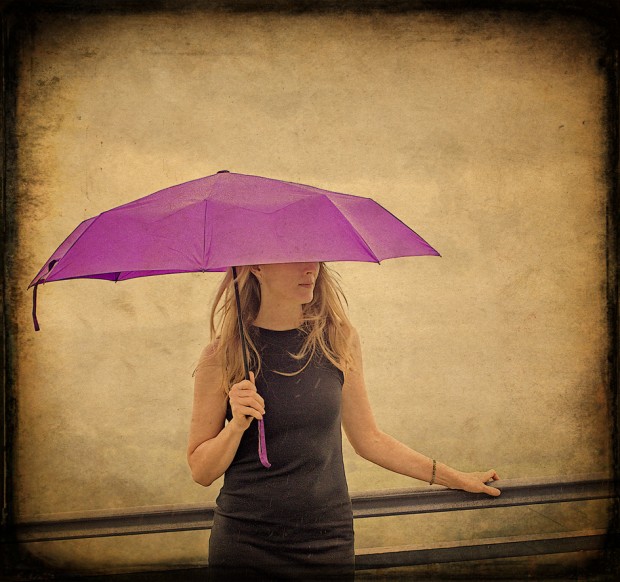
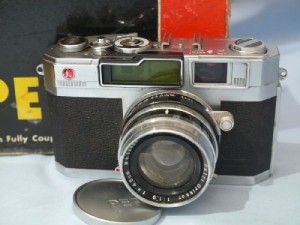
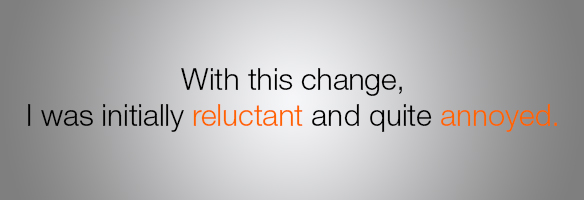
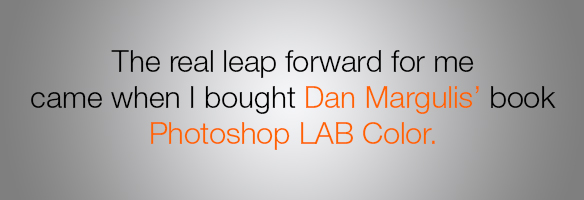
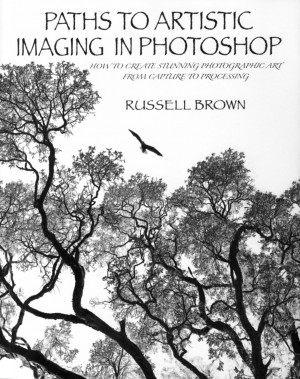
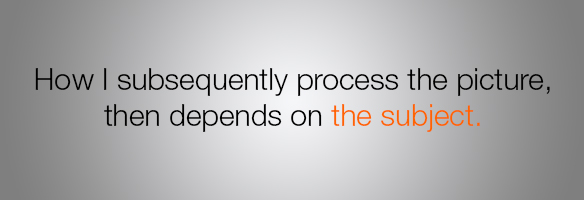
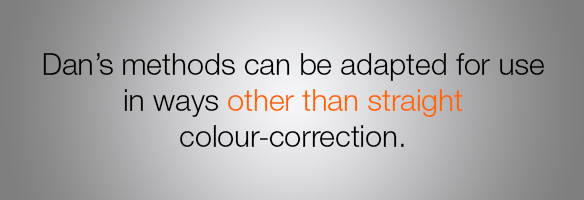

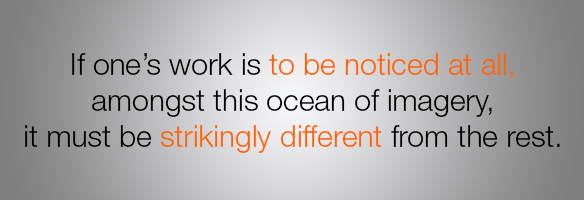
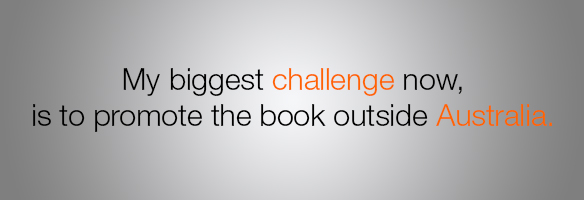
Comments (1)
Paths to Artistic Imaging in Photoshop: the interview | Marco Olivotto
| #
[…] This article had silken wings and took off to the MOon. Please find it here. […]
Reply